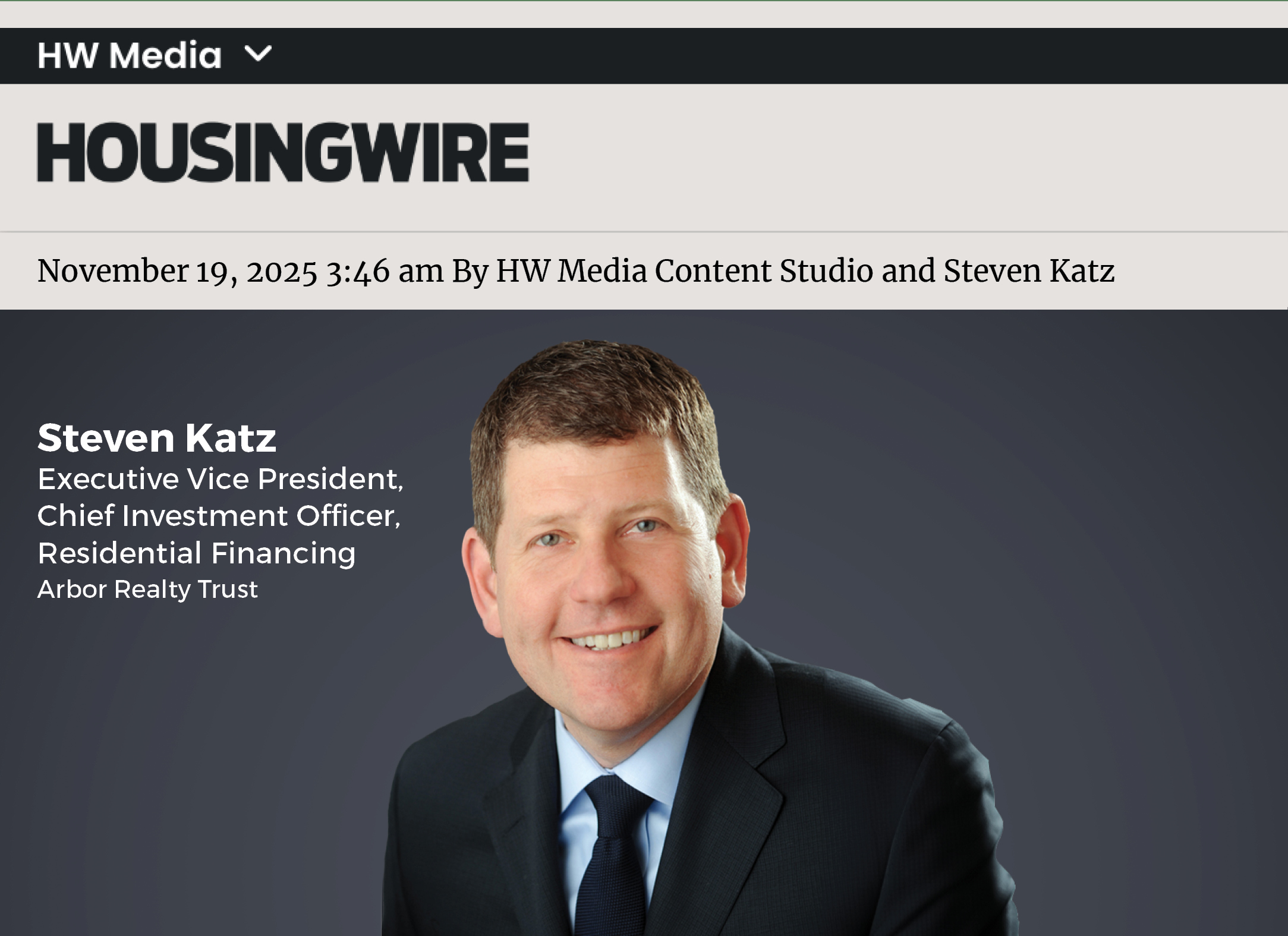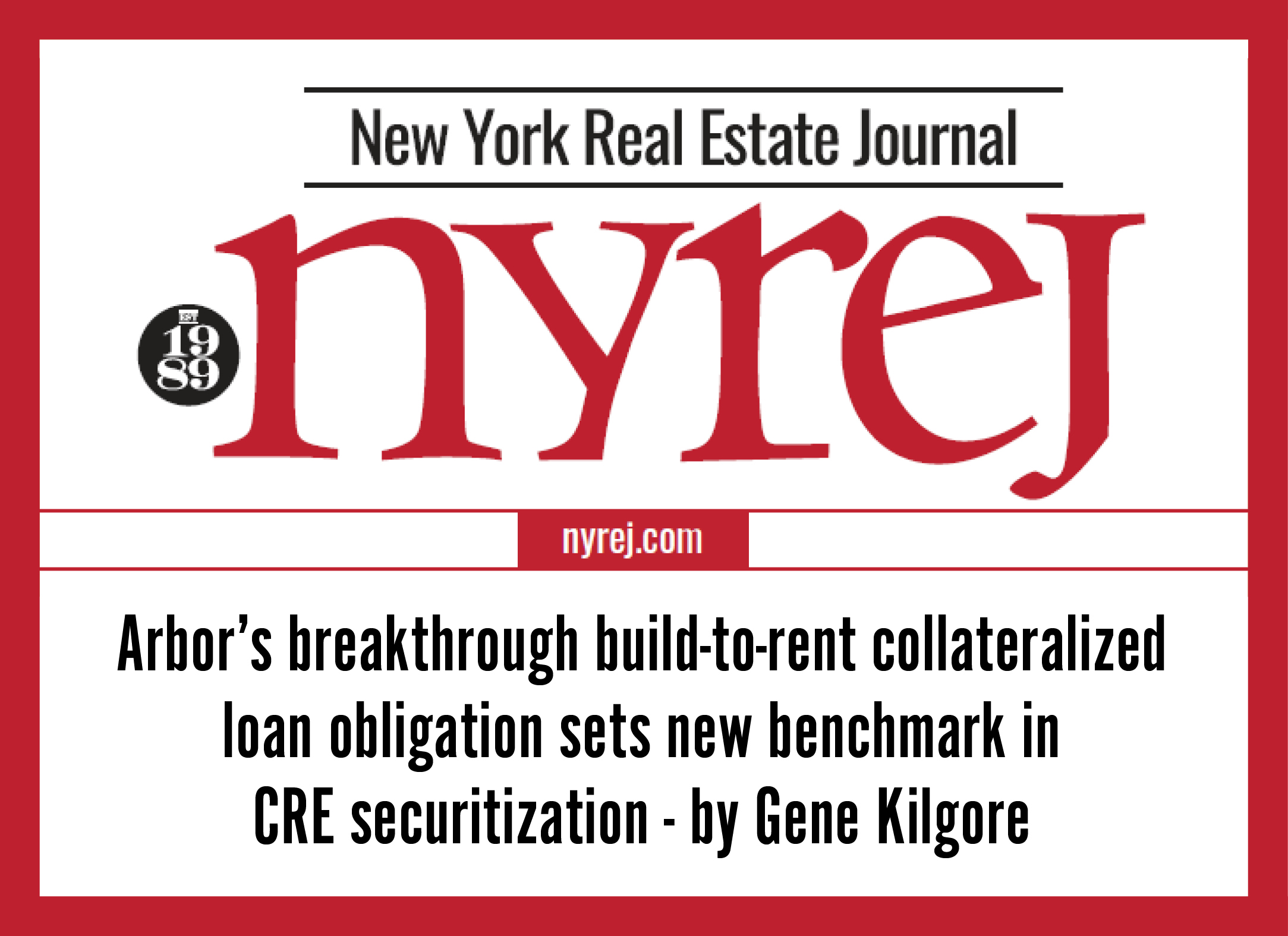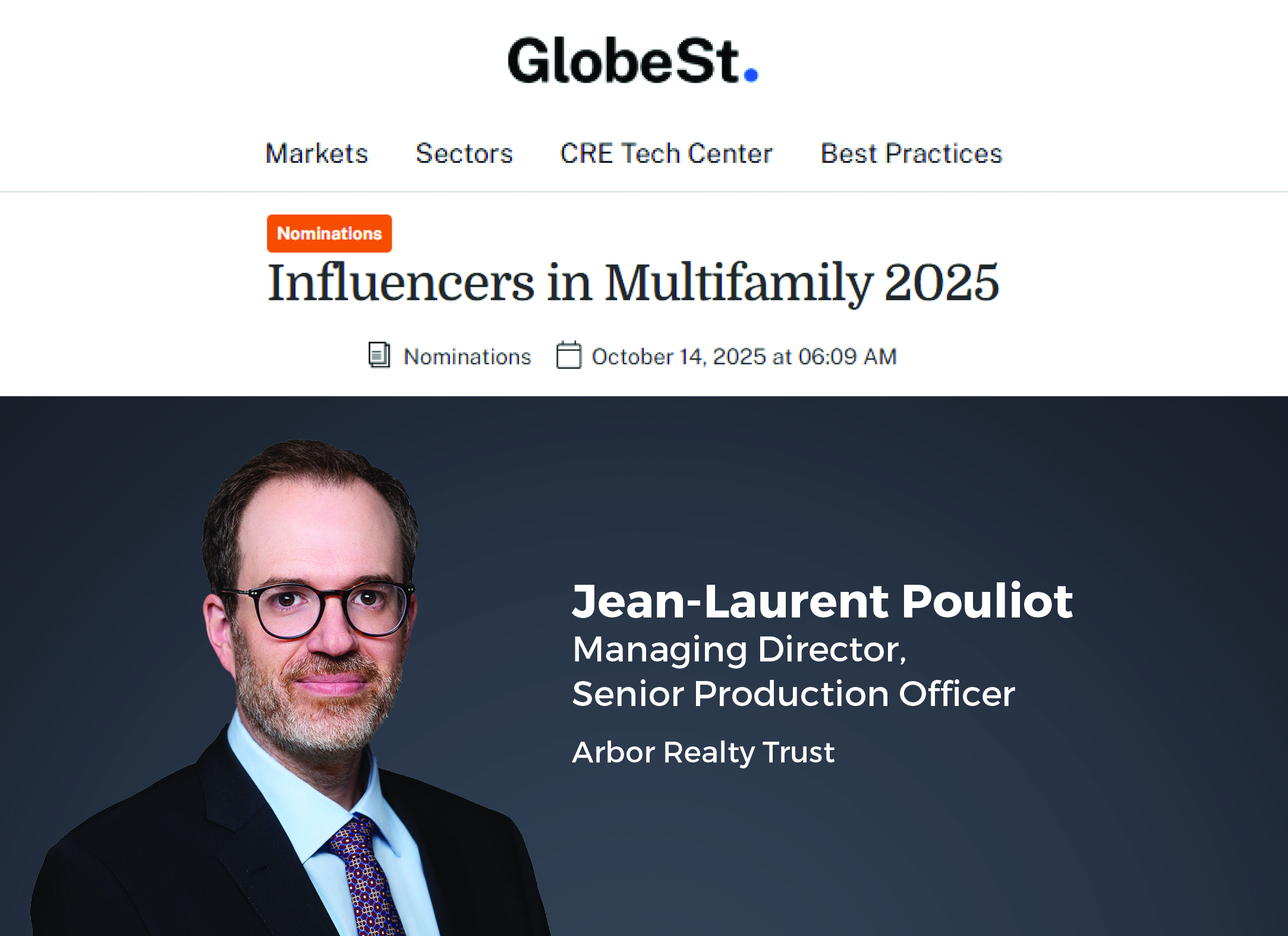Ivan Kaufman on Yahoo! Finance: Why Multifamily Outperforms

COVID-19 and Demographics Shift Housing Preferences to Suburbs
Watch the full Yahoo! Finance Interview here.
There are winners and losers with COVID-19. Ivan Kaufman, the founder, chairman and CEO of Arbor Realty Trust, Inc. (NYSE:ABR), discussed on Yahoo! Finance why Arbor and the multifamily sector have remained strong throughout the pandemic.
Apartment housing has outperformed all other asset classes, Kaufman explained to “The First Trade” co-hosts Brian Sozzi and Alexis Christoforous. “On the multifamily side, there has been only a slight drop off in rent collections and occupancy.”
With assistance from the CARES Act, “People did very well initially. They caught up with their bills. They kept their rents current,” said Kaufman. He pointed out that earlier in the crisis, unemployment hit 14% but has dropped to approximately 8% and continues to improve.
“Our baseline on people paying rent is extraordinarily good,” he stated. Conditions are beginning to return to normal. However, Kaufman projects certain challenges still lie ahead for urban areas.
Data shows that several years ago, people began leaving cities. Millennials had started to move to the suburbs to form families, and COVID-19 has accelerated the trend. Anticipating this trend, prior to the coronavirus turbulence, Arbor focused investments in suburban properties. Now, suburban housing is seeing price appreciation and greater demand with a lack in inventory.
Kaufman advises investors to look at macro trends. Numbers have been supporting suburban growth, but having kept a keen eye on telling data such as urban mobility tracking, he nonetheless projects that cities will return to normal in the future. He anticipates young people will continue to find the allure of urban areas. A year from now, looking at metropolitan universities welcoming back students, and restaurants and offices reopening, Kaufman opined most people believe the situation will be about 95% back to normal.
“It’s going to be a very bumpy fall but I think the worst is behind us,” he said.
Watch the full Yahoo! Finance Interview here.
Learn more about Arbor’s multifamily investment solutions. Contact Arbor today to see how our products could assist your business goals.





